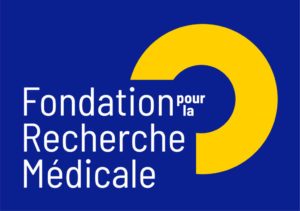morphogenesis, cell fate transitions and patterning dynamics in living flies
Looking at living organisms is a never-ending source of wonder and questions. Looking at embryos under the microscope, we see cells adopting unique identities and beautiful shapes. They form tissues of reproducible size and shape and produce stereotyped patterns of cell fates. Looking at living adults, we can track the response of cells and tissues to physiological stimuli produced by environmental changes. So, how do all these developmental events happen in a stereotyped, hence predictable, manner?
Of course, we can only see what we understand, so describing is already one step towards understanding. And as shape determines function, a better understanding of shape formation at various scales (cells, tissues…) is critical for a mechanistic understanding of physiology in normal and disease contexts.
While our research is largely curiosity- and observation-driven, we would like to go beyond observations and try to decipher the inner logic of these living processes. To make this possible, our laboratory is using fruit flies (Drosophila). This organism has been extremely useful in the discovery of many of the important genes that are conserved in all animals, including humans, to build and maintain tissues. Thanks in part to studies on Drosophila, we now have a catalog of molecules that are important for the formation and proper functioning of multicellular organisms. However, we do not yet fully understand how these molecules enable cells to interact with each other to produce living matter with predictable behavior. In the post-genomic era, fruit flies thus remain very useful for studying the fundamental principles of living systems, as they provide outstanding tools to examine the effects of controlled perturbations in a rapid and cost-efficient manner, with unsurpassed temporal and spatial resolutions. We are therefore using and developing approaches in genome engineering, microscopy and computational biology to observe, measure, perturb (mostly through controlled genetic perturbations) and model a few specific cell fate transition and patterning events which involve cell-cell interactions mediated by the Notch receptor.
Our current research aims at understanding how the first neural stem cells, or Neuroblasts (NBs) emerge in the early embryo to produce a stereotyped pattern of NBs, how self-organization produces stereotyped patterns of cell fates in the eye and how the tempo of development is governed by cellular metabolism, using the speed of progression of the eye differentiation front as an in-vivo model to study developmental speed. See our recent published work below for more details.
The lab, 2025































